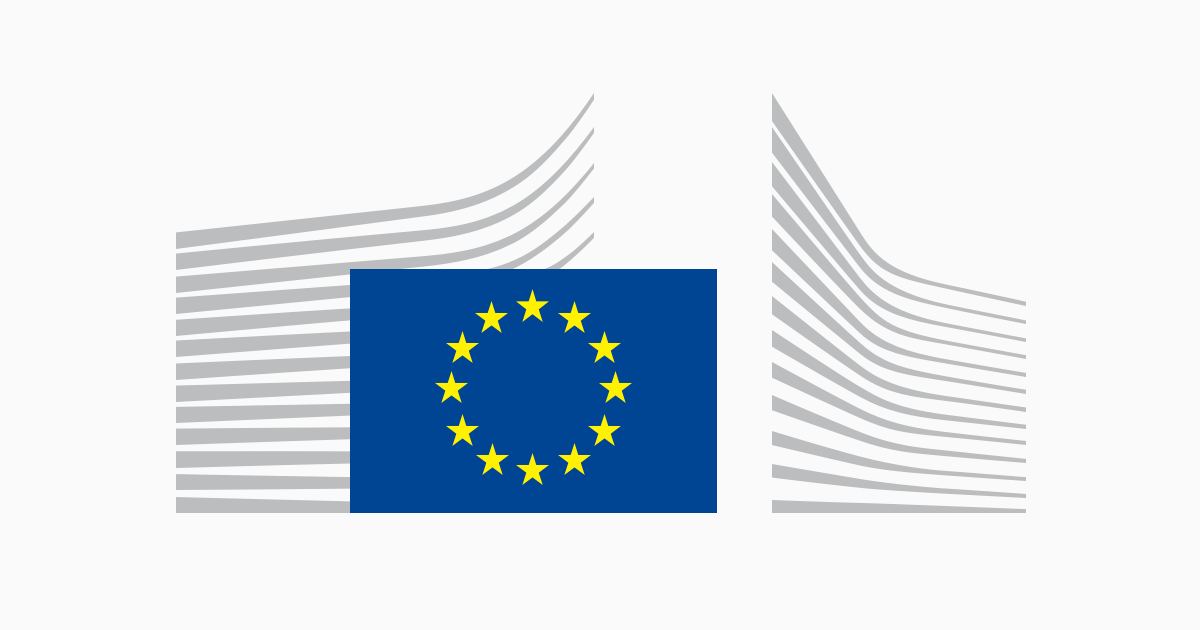Recently released paper funded by ESA.
Paper
HERE
From what I can understand, the intent is focused on SNN vs ANN and neuromorphic processing power efficiencies etc.
They used AKD1000 for the test HW.
Appears to have come up alright but with sone work still to be refining re the SNN models.
Released 16/5.
Energy efficiency analysis of Spiking Neural Networks for space applications
Ethics declarations
This work was founded by the European Space Agency (contract number: 4000135881/21/NL/GLC/my) in the framework of the Ariadna research program. The authors declare that they have no known competing financial interests or personal relationships that are relevant to the content of this article. The EuroSAT dataset used in this activity is publicly available at [
43].
1.1 Work objectives
With neuromorphic research being a relatively new topic, several steps are still needed to move from theoretical and numerical studies to practical implementation on real hardware flying onboard spacecraft. This work aims to contribute to this transition by providing some practical tools needed for the design of future spaceborne neuromorphic systems.
The primary objective is to estimate the actual advantages that can be expected from SNN with respect to classical ANN. Here, the focus is put to the trade-off between accuracy and energy, as energy efficiency is the most prominent benefit sought in space applications. To achieve this goal, a novel metric, capable of comparing the model complexity of both ANN and SNN in a hardware-agnostic way, is proposed as a proxy for the energy consumption. The performance of several SNN and ANN models is compared on a scene classification task, using the EuroSAT RGB dataset. Special attention is placed on spiking models based on temporal coding, as they promise even greater efficiency of resulting networks, as they maximize the sparsity properties inherent in SNN, but rate-based models are included in the analysis as well. In order to validate this approach, the energy trend predicted with the proposed metric is compared with actual measures of energy used by benchmark SNN models running on neuromorphic hardware. The secondary goal of this work is to exploit the data collected in the comparison to analyze the internal dynamics of SNN models, identifying the most significant factors which affect the energy consumption, in order to derive design principles useful in future activities.
5 Conclusion
An investigation of the potential benefits of Spiking Neural Networks for onboard AI applications in space was carried out in this work. The EuroSAT RGB dataset, a classification task representative of a class of tasks of potential interest in the field of Earth Observation, was selected as case study. SNN models based on both temporal and rate coding, and their ANN counterparts, were compared in a hardware-agnostic way in terms of accuracy and complexity by means of a novel metric, Equivalent MAC operations (EMAC) per inference. EMAC is suitable for assessing the impact of different neuron models, distinguishing the contributions of synaptic operations with respect to neuron updates, and comparing SNN with their ANN counterparts. In its base formulation, EMAC achieves dimensionless estimation, and it should then be considered only a proxy for energy consumption. Nevertheless, internal parameters can be tuned to match the features of specific hardware, if known, achieving also absolute estimation.
A preliminary successful demonstration is given for the BrainChip Akida AKD1000 neuromorphic processor. Benchmark SNN models, both latency and rate based, exhibited a minimal loss in accuracy, compared with their equivalent ANN, with significantly lower (from −50 % to −80 %) EMAC per inference. An even greater energy reduction can be expected with SNN implemented on actual neuromorphic devices, with respect to standard ANN running on traditional hardware. While Surrogate Gradient proved to be an easy and effective way to achieve offline, supervised training of SNN, scaling to very deep architectures to achieve state-of-the-art performance is still an issue. Further research is needed particularly in the search of architectures capable to exploit SNN peculiarities, and in the development of regularization techniques and initialization methods suited to latency-based networks. Attention should be also given to recent developments in training techniques which do not require backward propagation in time, but only along the network at each time step [
81], and new ANN-to-SNN conversion methods tailored for achieving extremely low latency [
82].
Overall, the confirmed superior energy efficiency of Spiking Neural Networks is of extreme interest for applications limited in terms of power and energy, which is typical of the space environment, and SNN are a competitive candidate for achieving autonomy in space systems.















